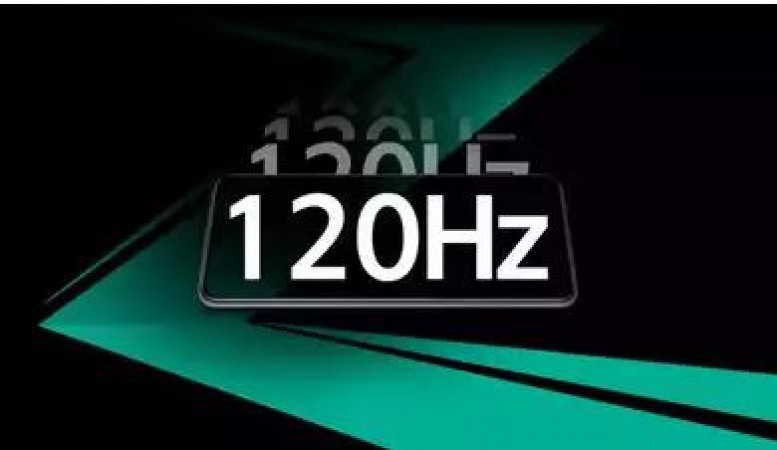
In today's tech-savvy world, smartphones have become an indispensable part of our daily lives. From communication to entertainment, these handheld devices serve a multitude of purposes. One aspect of smartphone technology that has gained significant attention in recent years is the display's refresh rate. But why is a good refresh rate important for smartphone displays? Let's delve into this topic to understand its significance.
Before we dive into the importance of refresh rate for smartphone displays, it's essential to grasp what refresh rate actually means. In simple terms, refresh rate refers to the number of times per second a display refreshes its image. It is measured in Hertz (Hz), with a higher number indicating a greater frequency of refreshing.
Every display, whether it's a smartphone screen, a computer monitor, or a television, is composed of pixels. These pixels change colors and brightness to create the images we see. When a display has a higher refresh rate, it can update these pixels more frequently, resulting in smoother motion and transitions.
The refresh rate directly affects how smoothly motion is displayed on the screen. A higher refresh rate means that fast-moving visuals, such as scrolling through web pages or playing games, appear smoother and more fluid. On the other hand, a lower refresh rate may result in motion blur and judder, reducing the overall visual quality.
Smartphones with high refresh rate displays offer several advantages:
Enhanced Smoothness: A higher refresh rate, such as 90Hz or 120Hz, delivers smoother animations and transitions, making the user experience more enjoyable.
Reduced Motion Blur: High refresh rates help reduce motion blur, especially during fast-paced activities like gaming or watching videos.
Improved Responsiveness: With a higher refresh rate, touch response feels more immediate and accurate, leading to better interaction with the device.
For gamers, the refresh rate of a smartphone display holds particular significance. In fast-paced gaming scenarios, a higher refresh rate can provide a competitive edge by offering smoother gameplay and more responsive controls.
Gamers often prioritize smartphones with high refresh rates because they offer a competitive advantage. A display with a refresh rate of 90Hz or above can make a significant difference in responsiveness and fluidity, allowing gamers to react more quickly to in-game actions.
With a high refresh rate display, gaming becomes more immersive and enjoyable. Players experience smoother frame rates and reduced input lag, resulting in a more responsive and engaging gaming experience.
As mobile gaming continues to evolve and become more sophisticated, the demand for smartphones with high refresh rate displays is likely to increase. Manufacturers are pushing the boundaries by introducing displays with refresh rates of 144Hz and beyond, catering to the needs of avid gamers.
While high refresh rate displays offer numerous benefits, they can also impact battery life. Refreshing the screen more frequently requires additional power, which can lead to faster battery drain.
Manufacturers employ various techniques to optimize battery performance without compromising on display quality. These include adaptive refresh rate technology, which dynamically adjusts the refresh rate based on the content being displayed, thereby conserving battery life when high refresh rates are not necessary.
Finding the right balance between display performance and battery efficiency is crucial for delivering an optimal user experience. Smartphone manufacturers continually innovate to strike this balance, ensuring that users can enjoy the benefits of high refresh rate displays without sacrificing battery life. In conclusion, the refresh rate plays a significant role in determining the visual quality and responsiveness of smartphone displays. A higher refresh rate results in smoother motion, reduced motion blur, and improved gaming performance. While high refresh rate displays offer numerous benefits, manufacturers must also consider battery life implications and employ strategies to optimize performance and efficiency. Smartphone users, especially gamers, are increasingly prioritizing devices with high refresh rate displays, driving innovation in the industry. As technology advances, we can expect to see even higher refresh rates and further enhancements to deliver an unparalleled viewing experience on mobile devices.
Citroen introduces special blue edition of C3 hatchback and C3 Aircross SUV, know why it is special
2024 Maruti Swift engine and mileage unveiled, will be launched soon